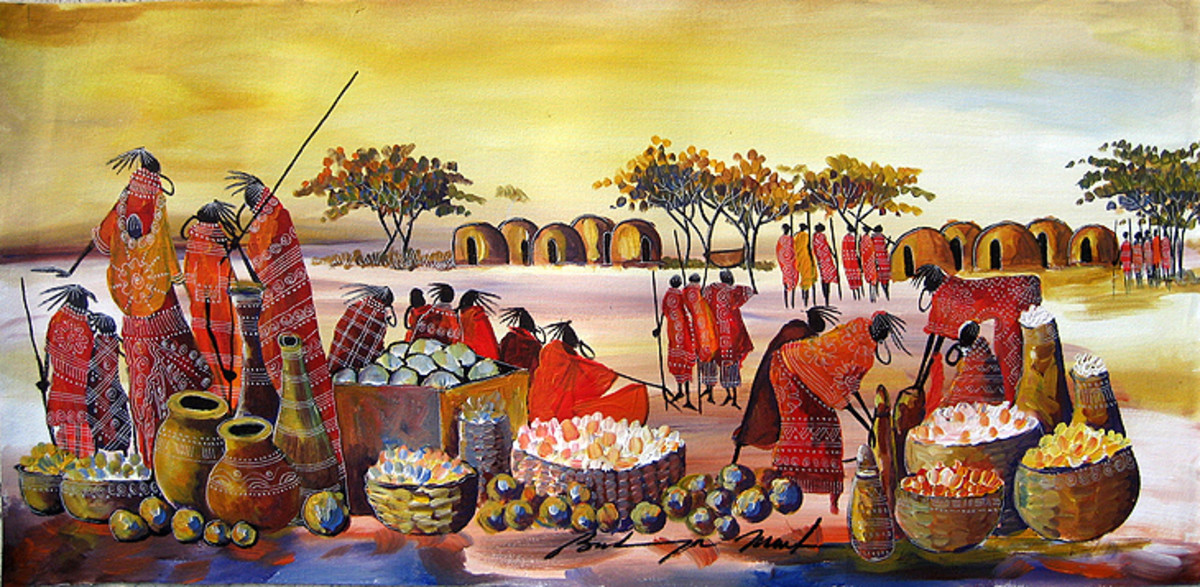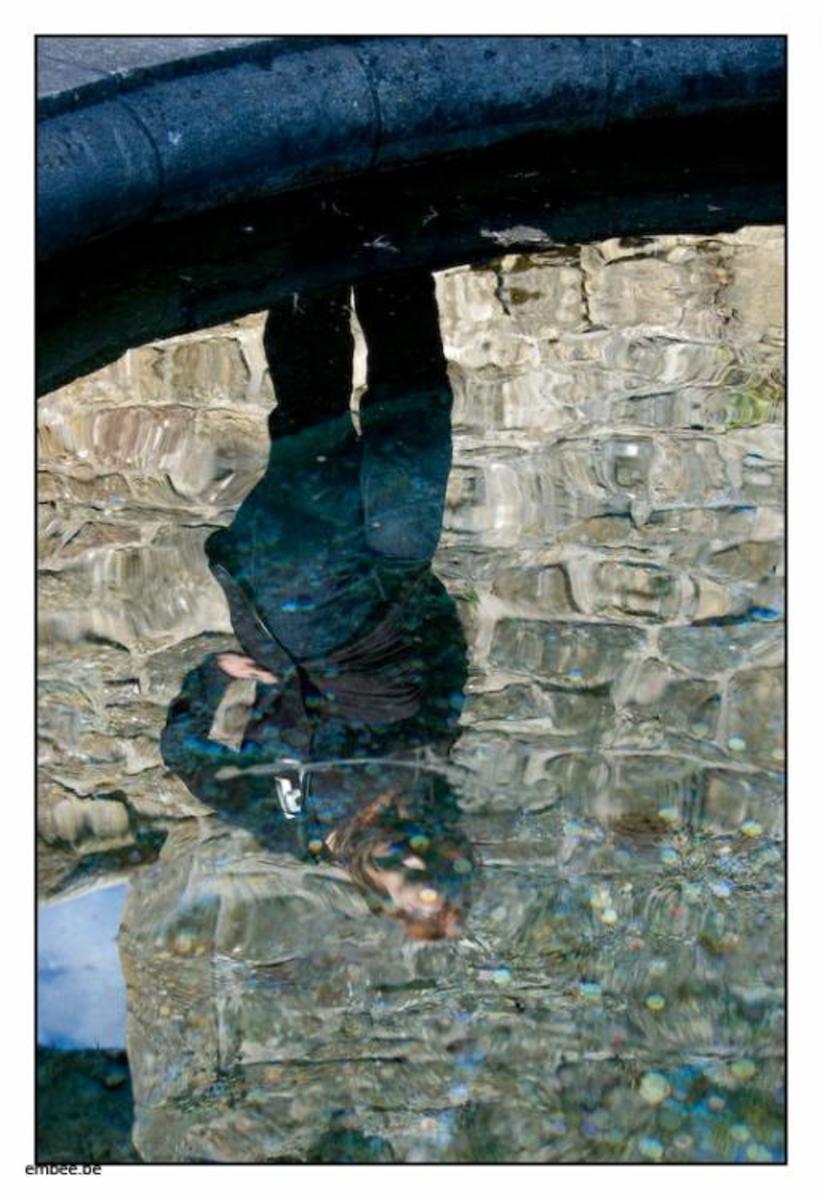Viral Implosion - Chapter 17
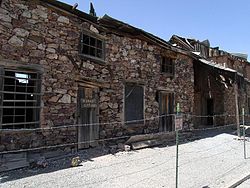
There are two ways a government maintains power – either by sheer military force or by consent of the people being governed.
Money became virtually obsolete as countries closed up their borders and refused to trade. Starvation and poverty drained the ranks of military personnel; sheikdoms and dictatorships lost control. Soldiers and warriors quit service and went off to support themselves and their families. They went home to farm, or joined communities that were managing to exist independently. Many, with no real talents other than soldiering, offered themselves as mercenaries, protecting the families and communities from marauders and wild animals. As payment they accepted food and shelter. Others got trained in a more practical trade which they could offer to communities that were weak in one area or another. Military personnel and civilians raided arsenals of any armaments that could be handled by a single person. Larger items like missiles lay fallow, since the infrastructure to use them had fallen apart.
In democratic or socialistic countries, the lower class grew, the middle class disappeared and the upper class found itself with no outlets. Robotics had replaced a great deal of the labor force. Monopolies had become vertical as well as horizontal, so choices became nonexistent. Technology, robotics and automation kept a lot of services such as water, electricity and phone towers functioning. With governmental institutions dissolving, the people who were adept at maintaining these services were in demand, but often had to accept barter for payment. Established communities would pool resources to support these people. After a couple of months of living in shelters, “preppers” discovered that they preferred the amenities of society.
In “third world” countries the people were not far from their original cultures, and so easily slid back to their nomadic and agrarian ways of life. With no real borders any more, people tended to separate into tribes, learning how to forage the new vegetation that was developing and hunt and cook the new animal species that were developing.
Adaptation became the byword of all civilization. With the drop in industrialization, water treatment became easier and safer but bottled water became scarce. Where possible, mountain stream water was preferred to “city water”. Arid areas learned how to dig wells and dispense water, often as community projects. Trees were planted like forests to trap and hold water in deserts. These trees also offered fruit and nuts to the local residents who tended them, as well as offering oxygen to the air and nutrients to the soil so that vegetable and wheat gardens could grow. With a lack of politics and infighting, communities were able to focus on subsistence living. No longer cost-prohibitive, organic farming became the mainstay of food production. This resulted in food that was greater in nutrition.
Large farms were difficult to maintain. Without government subsidies, farmers often had to learn how to plant what they want or need rather than what they were told to. Large farms were often broken up into smaller farms that could be maintained by a family or community. These smaller farms would trade information on how to do companion planting, crop rotation, and organic fertilization. Farmers learned how to collect seeds and seedlings from their own crops and the crops of neighboring farmers. They also learned how to create new plants from existing vegetables such as peppers, garlic and onions. When wild fruit was found, farmers and other agrarians would garner the seeds from the trees before collecting food, so that they could expand the availability of fruit and nuts. In cities, every rooftop and park had gardens, growing food rather than flowers. With the dissipation of the military and industrial labor, there were more people available to help out on farms.
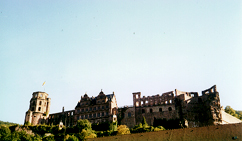
Shelter was not much of a problem, since structures abandoned were available to anyone who moved in. Shopping malls became apartment complexes. Industrial plants often suffered the same fate. Since these were scattered across countries, a general decentralization of the populace occurred. Heat and air conditioning had to be based on electricity, which had to be sourced by wind, solar or water power. Nuclear plants were carefully closed down because there were not enough knowledgeable people around to maintain them. Oil and gas refineries were equally shut down because there was no one to pay wages.
Wealthy people became stranded with no one to purchase their wares, and few if any places to spend their money. They ended up in a bartering system for food and water by offering services they might have access to, such as communications, health care, and automation.
Transportation went through a few iterations. At first, while there were roads and available gasoline, people crossed between communities by car and truck. But eventually the refineries closed down and gasoline was used up. People reverted to the use of horses, mules, and carts to keep trade alive. Airplanes were equally grounded for lack of fuel. Hot air balloons became the major form of transportation across large tracts of land. Helium-filled balloons made from a thin polyethylene film, being 15 meters in diameter when fully inflated, became a major method of transporting goods between communities. This of course caused an isolation of the continents. Boats of all sizes were used to connect islands and archipelagos. As gas disappeared, sailboats replaced motorboats, and many people learned how to sail. As wind, water and solar plants sprang up, electricity was available, first in pockets and eventually across continents. Those countries that already had rail systems became alive with electric trains. Those areas that had mag-lev trains (so-called bullet trains) continued to work. Eventually electric buses were developed to allow transportation within and between communities. Small airplanes that were electric, rather than gas-fueled, were in an infant stage and quite unreliable. But, as necessity is the mother of invention, those involved with electric planes continued to develop them and eventually came up with workable models.
With currency dwindling in value, patents were not paramount to development of any kind. Thus information was shared instead of hoarded. This was a boon to farming, transportation development, utility methods, and many more aspects of society. To share, the Internet needed to be viable. Satellites which were still functioning helped. Fortunately, before the corporate takeover of government, Google had already been developing a super-balloon model for beaming Internet connections. These balloons sailed the stratosphere’s winds in a continuous circuit around the planet. Google ground personnel changed the altitude of the balloons by sending signals to the on-board computers.
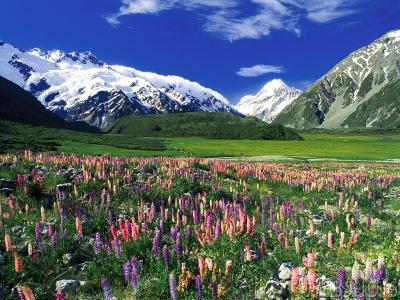
© 2020 Bonnie-Jean Rohner



